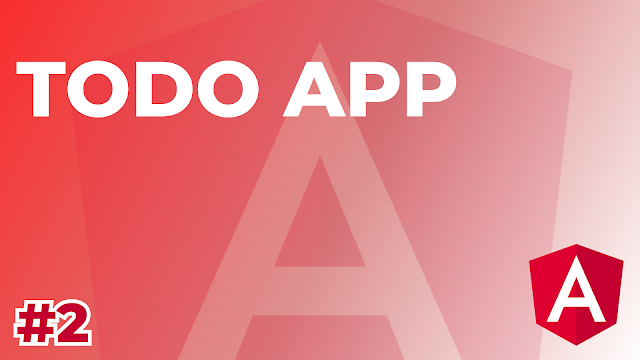Angular Tutorial part 3 - Directive and Custom Directive

Angular directives are one of the core features of the Angular framework. They allow developers to extend the HTML language with new elements and attributes that can be used to manipulate the Document Object Model (DOM). Directives can be used to add custom behavior to an HTML element, such as adding new styling, handling events, or changing the structure of the page. There are several types of directives in Angular, including structural directives and attribute directives. Structural directives are used to manipulate the structure of the DOM, such as adding or removing elements from the page. Attribute directives are used to manipulate the appearance or behavior of an HTML element. One of the most powerful features of Angular is the ability to create custom directives. Custom directives allow developers to create their own elements and attributes that can be used in an Angular application. Custom directives are typically used to encapsulate complex logic or behavior, such as adding a...

